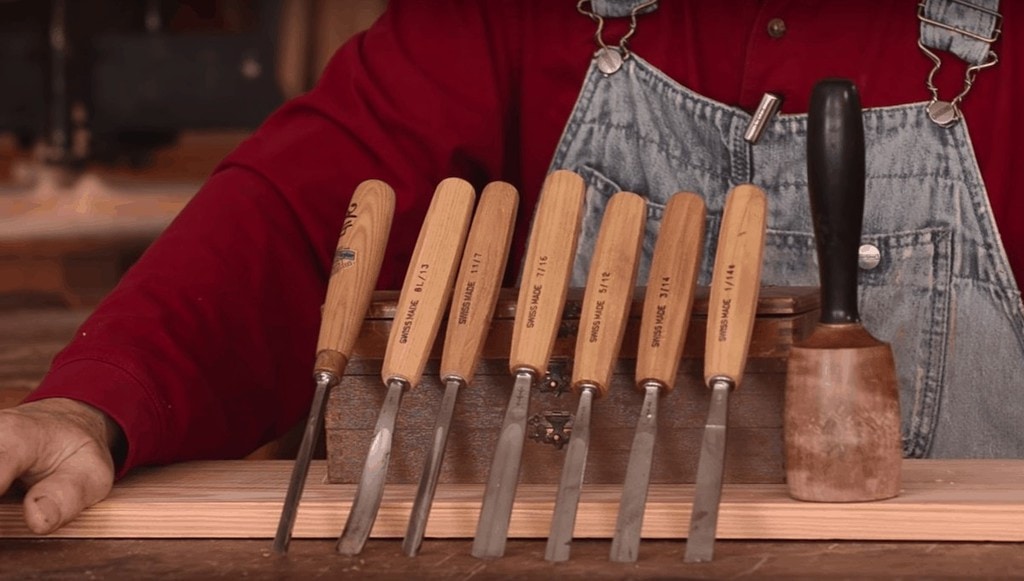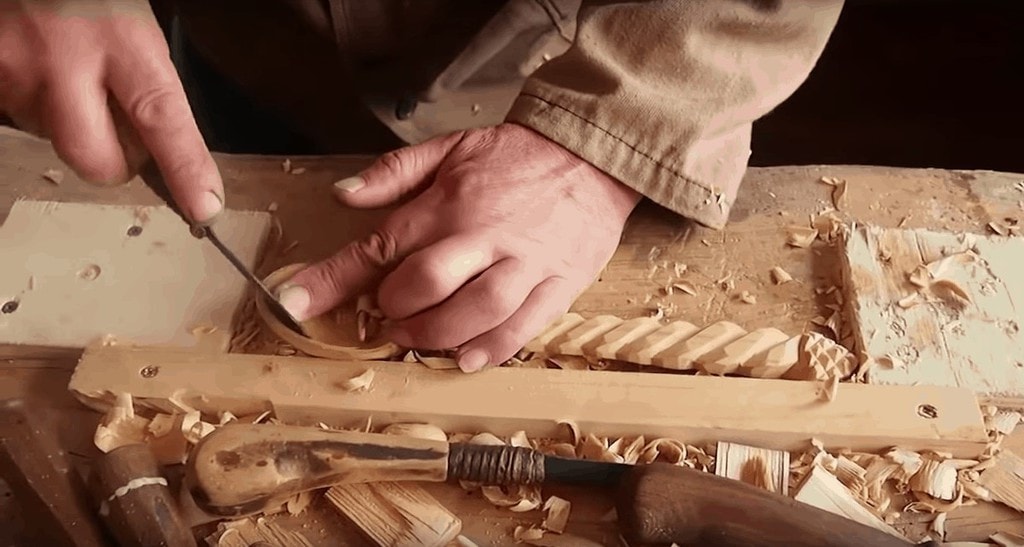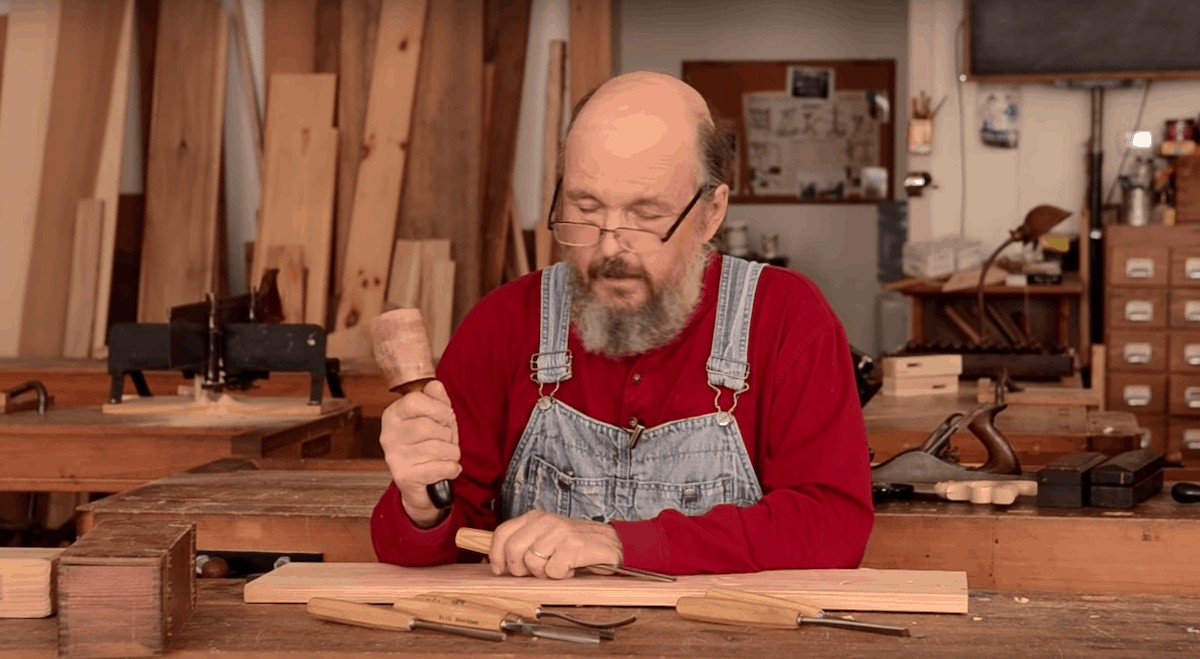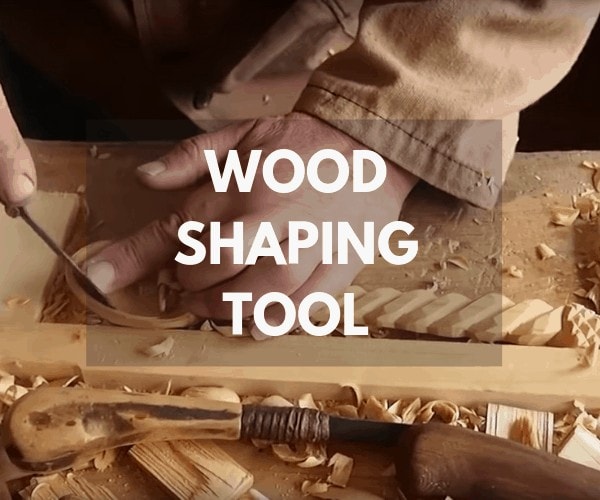
Wood can provide you with a beautiful piece of art. However, most of the lumber that you purchase is straight. If you wish to create amazing projects for your home, you’ll need to learn how to shape wood. When learning how to shape wood, it’s critical that you have the proper wood-shaping tools at your disposal.
Unfortunately, many people interested in wood-working are unaware of which tools they need. Below, we’ve provided you with a complete list of the wood-shaping tools you’ll need to begin creating beautiful pieces.
Nine Wood-Shaping Tools You’ll Need
If you’re looking to get into wood shaping, you’re probably curious about which tools you’ll need to use. Below, you’ll find a list of the wood-shaping tools every artisan needs to have in his or her tool chest.
1. Hand Saws
When it comes to cutting and shaping wood, one of the first wood-shaping tools you’ll need is a hand saw. There are numerous different types of hand saws available. For instance, carpenter hand saws are entirely one piece. They allow users to cut wood easily, relying on both “push” and “pull” strokes. When you mount the wood in a vice, moving a carpenter saw back and forth should allow you to cut through it in no time.
Carpenter saws are useful for cutting large pieces of wood. If you’re looking to shape wood in more intricate patterns, you’re going to want to check out a coping saw. Coping saws have a bowed shape with a thin blade on the bottom. You can adjust the tension of the blade depending on the softness of the wood with which you’re working. Coping saws are excellent for maneuvering while cutting.
When searching for hand saws, one of the things you’re likely to notice is something called “TPI,” which stands per “Teeth per Inch.” This figure should provide you with a reliable indication of the type of cut you’ll receive. The lower the TPI, the more jagged the resulting cut.
For instance, if you’re looking to make cuts quickly when first starting your project, you’ll likely look for a TPI rating of six or seven. As you move through the project, you’ll want to use saws with higher TPIs, as these will yield smoother cuts. Typically, saws with a nine or ten TPI rating are “general purpose.” Coping saws tend to have some of the highest TPIs available.
2. Power Saws
Another tool that could be useful when first starting is a power saw. Power saws are helpful because they allow you to cut high volumes of lumber quickly. You should not begin using hand saws until you need more delicate cuts or cuts with complicated angles. You may want to consider power saws for anything that requires a straight cut. You can also change the blade of your power saw for different cuts, such as:
- Rip Cuts
- Crosscuts
- Miter Cuts
A power saw is not necessarily required when you start wood shaping. But owning a power saw could save you significant time and money in the long run. Power saws are also more expensive than hand saws. If you’re strapped for cash, be sure to purchase a set of hand saws before buying power saws.
3. Chisel and Mallet
Once you’ve acquired your saws, the next tool you’re going to need is a chisel. The best chisels have a high-quality wooden handle that makes it easy for you to grip the tool. A metal blade then protrudes from the handle.
Chisels are useful because they allow you to shave away tiny slivers of wood. If you need to fit two pieces of wood together, a chisel could help ensure a seamless fit.
Many woodworkers find that a mallet can help streamline the chiseling process. Instead of scraping away at the wood by hand, you can put the chisel up against a wood at an angle. Then, bang the back of the handle with the mallet.
The force will drive the blade into the wood. The steepness of the angle determines how much wood you remove during this process.

4. Plane
A plane is a useful tool to help you smooth out rough surfaces. Using a plane allows you to move from tough, grainy lumber to a smooth product over which you can run your hand. Planes have a thin blade that is incredibly sharp. When you move your wood over the planer, it removes the tiniest of imperfections, creating an incredibly smooth surface.
When shaping wood, you may find that you need to purchase multiple planers. For instance, a bench plane should be useful when smoothing large, flat pieces of lumber. However, if you’re looking to smooth curved surfaces, you’re going to want to consider buying a compass plane.
Additionally, should planes could be useful when forming rabbet and tenon joints.
5. Router
After you’ve begun to shape your wood, you may be interested in rounding some of the edges. The best way to do that is with a router. A router is a powerful tool that allows you to round corners. Additionally, routers could be useful for putting multiple slots or grooves into the wood. This video from Howcast details the types of routers available. Routers are available as either hand or power tools.
6. Rasps and Files
Rasps and files are tools that manufacturers design explicitly for woodwork. Files allow you to shape, trim, and smooth your wood. The devices feature steel slots that are very close to one another.
The closer the grooves, the smoother of a result you’ll receive when working with this tool. Manufacturers tend to sell wood files under the name “rasps.”
Rasps are an integral part of the wood shaping process. You cannot use them as a substitute for a saw, as they are not durable or sharp enough to cut through wood. However, you also cannot use them instead of sandpaper, as they don’t produce a result nearly as smooth. You should use rasps along the way to help smooth rough edges. You can find rasps sorted by:
- Teeth pattern
- Thickness
- Coarseness
- Shape
7. Combination and Bevel Squares
Another product that could go a long way when working with wood is a combination square. Since you’ll likely be working with tiny crevices, it could be in your best interest to buy a smaller combination square, such as something that is six inches or less. A combination square should allow you to do many things, from measuring the depth of mortises to checking the squareness of boards.
You’ll also likely want to consider purchasing a sliding bevel square, otherwise known as a bevel gauge. A sliding bevel square should be useful for scribing angles onto your workpiece. Sliding bevel squares can lock into place, allowing you to replicate the same angle repeatedly.
8. Marking Gauge
When working with wood, it’s imperative that your measurements are exact. Otherwise, you’ll spend much of your time trying to fix the wrong cut that you made. And, if the wrong cut is significant, there’s a chance that you ruin the piece entirely.
To ensure that you’re accurate and consistent in your measurements, you should buy a marking gauge. They are one of the more important wood-shaping tools.
The best marking gauges come with a locking mechanism, which ensures that the measurement you acquired previously remains in place. If you’re looking to invest in a high-quality product, consider a wheel-style gauge. These devices allow you to make two measurements at once.
9. Marking Knife
When shaping wood, you’ll find that each cut needs to be precise. If you’re off by a mere millimeter, you could end up ruining your entire project. For that reason, the standard pencil won’t do the trick when tracing lines. Instead, you’ll want to use a marking knife. These small knives allow you to indicate to yourself where you’ll cut with your saw.
Marking knives allow you to make a small notch in the wood, which should serve as the perfect guiding groove for your saw. Marking knives are an excellent wood-shaping tool to ensure that the grooves and joints of your piece fit together seamlessly.

What wood-shaping tools will you buy?
Carving and shaping wood is a rewarding hobby that could produce amazing pieces. If you’re looking to get into the art of woodworking, you’ll need to make sure of two things. One, you’ll need to practice frequently. Like anything, becoming an excellent carpenter is something that takes time, effort, and patience. It’s not going to happen overnight. You’ll need to dedicate yourself to the craft fully.
Second, you’ll want to make sure that you have the proper wood-shaping tools at your disposal. Having the correct wood-shaping tools can go a long way toward ensuring you create a beautiful project. Fortunately, the list of devices that we provided in this article are an excellent place to start.
As this YouTube video from Wood and Shop outlines, acquiring these tools, and learning how to use them, should have your well on your way to creating beautiful wood art. No matter if you’re a beginner with no experience or someone well-versed in the construction industry looking to acquire a new hobby, wood shaping could be well worth your consideration.

